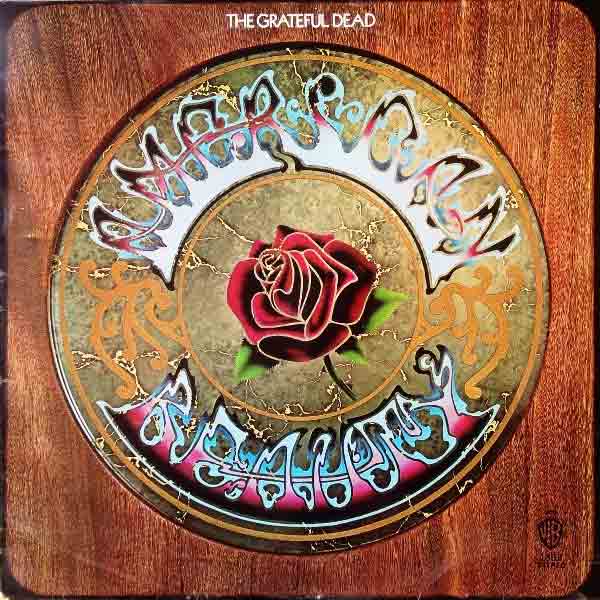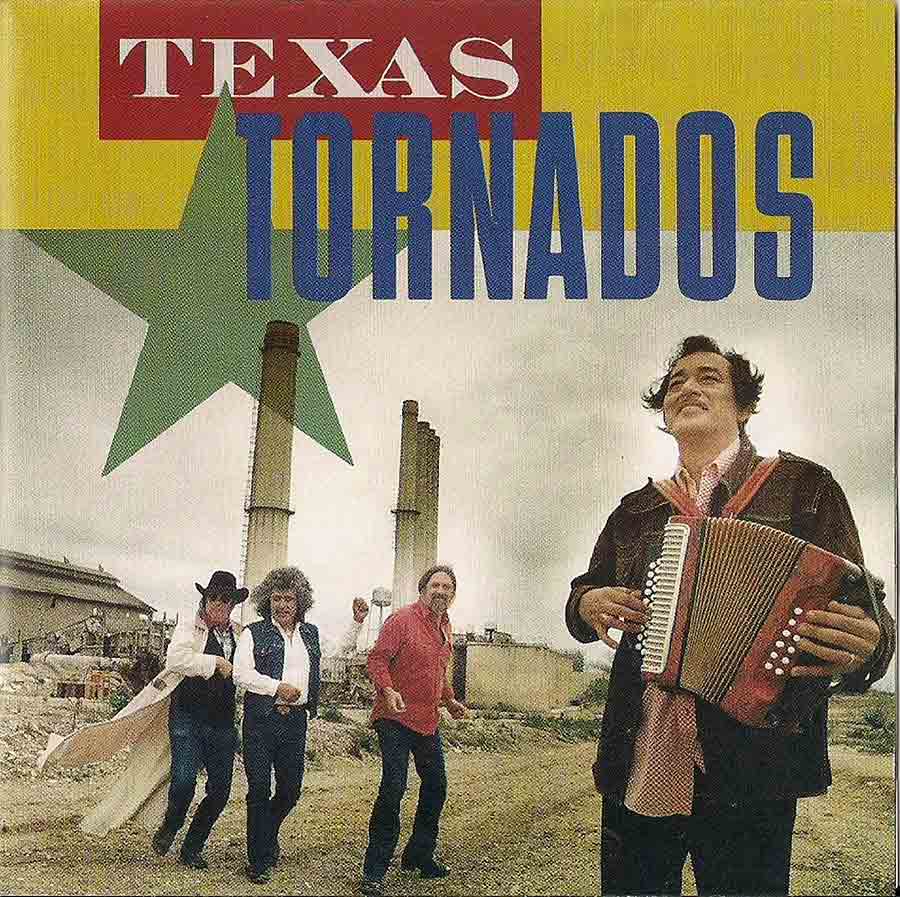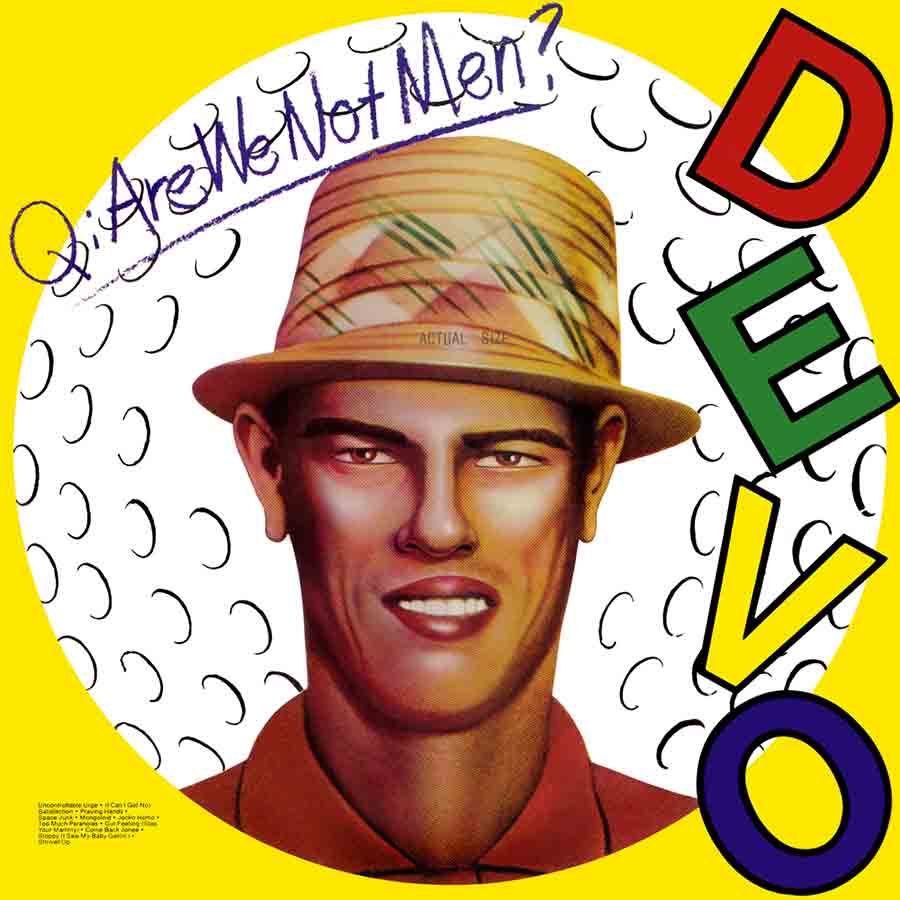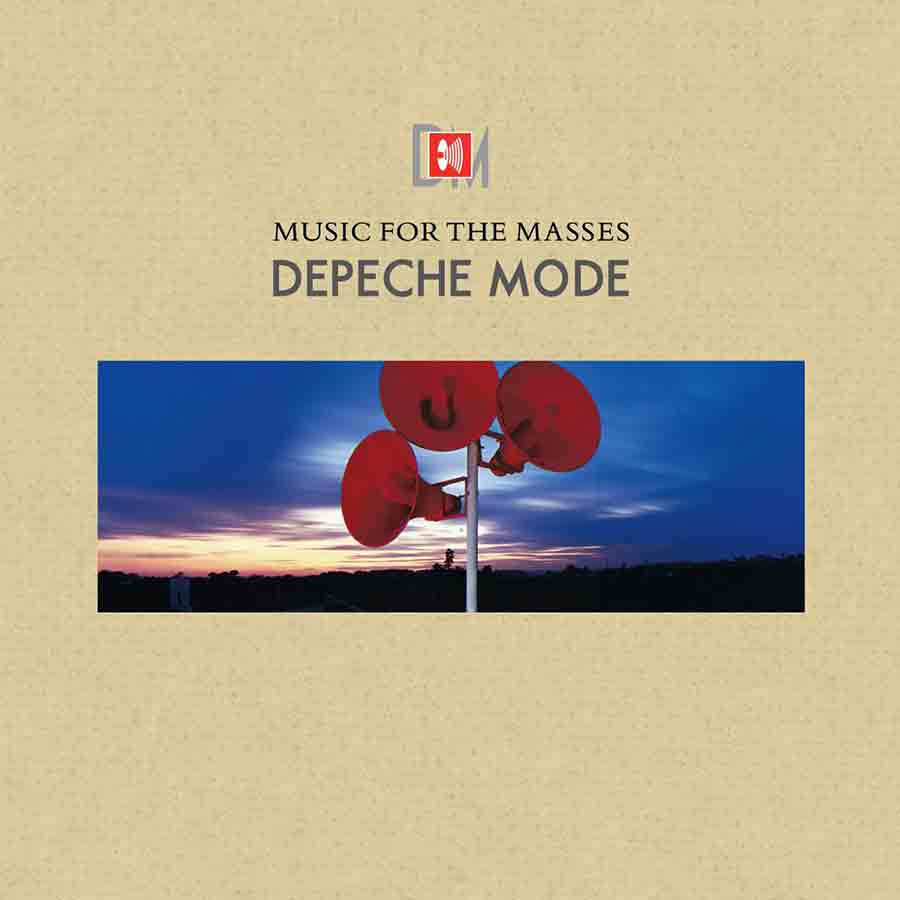10 Great Album Covers, Chosen by David Rockwood of GSD&M
Devo, Depeche Mode, Texas Tornados and more
I grew up around great music and have a few people to thank for that, including my seven older brothers and all their friends who constantly told me what to—and not to—give a listen. We used to sit around unwrapping new vinyl, cross-legged in front of our speakers, cranking up the music, and reading out the liner notes. Man, do I miss those days. I miss them so much I got a vintage ’70s Realistic tuner and now jam out with that.
Coming up with my top ten favorite album covers was way harder than I had expected. I started a list and before I knew it, I had written down 25 albums. It took me a couple of hours, but I got it down to ten. Here are some of my favorites, hope you enjoy them as much as I do.
Los Lobos
Kiko (1992)
Kiko is one of Los Lobos’s greatest records. Crazy opening statement, I know. The day it was released, I vividly remember seeing the album cover at Waterloo Records. The bright purple and yellow colors caught my eyes the moment I walked in the door.
What’s inside the album certainly lives up to the outside. Los Lobos is like America’s melting pot, a little bit of everything. You have rock ‘n roll, country, zydeco, cumbia and norteño. Some of my earliest memories growing up in San Antonio involve Tejano and conjunto styles.
Jerry Jeff Walker
Viva Terlingua (1973)
As a native Texan, I have to throw in some Jerry Jeff Walker. My seven older brothers constantly played his music. The magic of the album comes from some great songs like “Getting By,” “Sangria Wine” and “Guy Clark’s Desperado Waiting on a Train.” He had a way of creating this allure around Luckenbach, Texas, and made this ghost town sound so otherworldly. One of my favorite songs on the album is “London Homesick Blues.” I love it because you start to feel empathy for this poor Texan in the cold and wet city of London (maybe this is why I’ve never been to London). Funny story: when I met my now wife, I quickly learned that she grew up in a town down the road from Luckenbach and her parents attended the live taping of Viva Terlingua. So, all the times that I’ve listened to “Little Bird” or “Up Against the Wall, Red Neck,” I was probably hearing the shouts and cheers of my in-laws in the background. This album is currently celebrating its 50th anniversary, which is crazy because it feels like yesterday, I was listening to “Sangria Wine” for the first time. The best part is that it’s still just as good today.
The Grateful Dead
American Beauty (1970)
My oldest brother Charlie had a huge influence on my taste in music. When I was 8, he had me listening to The Grateful Dead and thank god for him because they’re one of my favorite bands to this day. But, it didn’t start like that—I didn’t really like them when Charlie played them. After my brother passed away, I started to listen to them more and more and I would sit in the garage and play all of Charlie’s old vinyl, a lot of which was The Grateful Dead. On top of the beauty in their music, their album covers were always so killer. Stanley Mouse is the artist for most of their album covers and band posters and man did he nail it with this one.
Texas Tornados
Texas Tornados (1990)
The Texas Tornados is one of my favorite conjunto-style music groups to this day. They’re a Tex-Mex supergroup made up of the best of the best—Flaco Jiménez, Augie Meyers, Doug Sahm and Freddy Fender. Growing up in south Texas, where Latin and Mexican culture thrive, it was not uncommon to hear these songs in both Spanish and English. I loved learning about and taking part in the cultures, so I was hooked as soon I heard the Texas Tornados songs in both Spanish and English. They wanted everyone to be able to hear their music and feel the joy of their sound. Accordion-heavy music is an easy way to get my foot tapping. They have a song called Soy de San Luis that is near and dear to my heart. I lived in San Luis for a few years in college and the song has a way of making the city, and my million memories of it, come to life.
Leon Russell
Carney (1972)
One of the greatest piano players to ever do it. Leon Russell released Carney in 1972. His album covers were always a reflection of his crazy, unconventional personality, but this one quite literally jumped out at me… at a garage sale. It took me a second before noticing that pale bearded face was Leon Russell. I bought it on the spot. Russell is such a talented artist and can do pretty much anything no matter how out there or atypical it is. Carney has a bluegrass, sort-of country gospel feel to it. With a name like Carney you’d think it’d be upbeat, and maybe even a little chaotic, but this album is mellow and tuneful and has such a classic Leon Russell sound. The piano in the song “Tight Rope” has a vaudeville, small town carnival sound to it, with a little bit of swamp boogie mixed in.
Devo
Q: Are We Not Men? A: We Are Devo! (1978)
Where do I even start on this one? Mark Mothersbaugh is an absolute genius. There is nothing quite like his music and sound. The best part? He visited GSD&M back in 2015 and we took a series of photos where it looked like I was punching him in the face. All his idea. Then I sent them to my brother Andy who is a HUGE Devo fan and was the one who introduced me to Devo. When he first played me their cover of “Satisfaction,” I was hooked. This album was monumental and was the start of my love affair with Devo. I couldn’t get enough of their experimental, new wave sound. And now I’m writing this just a couple days after Devo announced their plan to retire, so get yourself to a Devo show before you can’t.
Willie Nelson
Red Headed Stranger (1975)
Legend. Texas legend. Full stop. This Willie Nelson album really made him the icon he is today. Red Headed Stranger is a concept record all about a man finding his wife and her lover. The music in the album is so stripped down and truly alienated Willie Nelson from the flash that was Nashville in the ’70s. It’s classic country in every way, even down to the actual album cover. It is also very Texas, and it almost looks like a mix between a fictitious Louis L’Amour book, and an old-school wanted poster. I love it. This is one of those that I play when I’m sitting around a campfire or on long road trips out to West Texas.
The Police
Ghost in the Machine (1981)
The album came out in 1981. At that time, some of my favorite music was on Zenyatta Mondatta and Outlandos D’Amour, so I knew I’d love Ghost in the Machine. The funny thing was this album cover looked so different from their last three. They all had Sting, Stewart and Andy on the covers, which made me think this album would be different in some way. Mick Haggert did the art on the cover, which represented the band members in a different way than just showing their faces. He created this digital looking image to depict each of their hairstyles. How cool is that? The best part about it is that you know exactly who is who. With the change up of the cover style, they took this opportunity to transition to more of a worldly influence while still sticking to their reggae roots.
The Rolling Stones
Some Girls (1978)
Some Girls was a turning point back to the basics for The Rolling Stones, in my opinion. The music on this album was stripped down and tight. The album cover is amazing. The faces and images change colors based on the way you slipped the cover over the vinyl. Not only did this album have an interactive cover, it also had one of my favorite sounds. A country twang. I laughed out loud the first time I heard Ron Wood playing the pedal steel guitar on “Far Away Eyes” and Mick singing words like Sunday morning and Jesus with a heavy southern drawl. It was amusing and unbelievable because they were good at it. The album has a few other genres built into it that I love. They could go from country to rock to mellow. It was seriously impressive.
Depeche Mode
Music for the Masses (1987)
Music for the Masses came out when I was on a road trip from Lubbock to Austin (a six hour drive). For the first hour or so, I went through the whole album on full blast. Then I listened to “Strangelove,” “Never Let Me Down Again” and “Behind the Wheel” on repeat. They brought their gloomy, synth-pop sound to the growing new wave audience and helped them cross over into the mainstream. Somehow their electronic and futuristic sounds, which were perfectly paired with Martin Gore’s darker and political songwriting, were the best soundtrack as I drove across Texas.
Art of the Album is a regular feature looking at the craft of album-cover design. If you’d like to write for the series, or learn more about our Clio Music program, please get in touch.
















